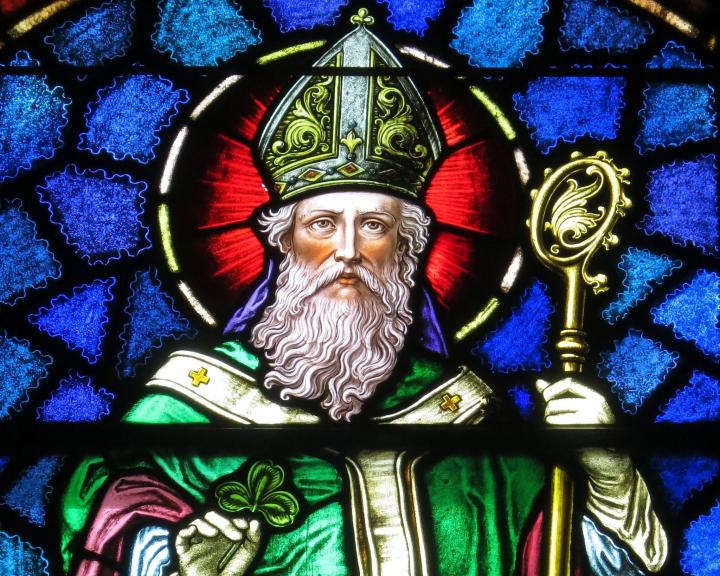Erin go bragh! St Patrick's Day is here, with events in honour of the patron saint of Ireland taking place across the globe this weekend. Recognised annually since the 1700s, the people of Ireland celebrate their heritage and culture on St Patrick's Day, with the day growing as a commercial occasion rather than a religious event in recent years.
While Ireland embraces its patron saint day by holding vibrant, green parades, wearing shamrocks and flying Irish flags more than usual, celebrations also take place in other countries around the world, including the UK, United States, Egypt and Australia.
St. Patrick was born in Britain as Maewyn Succat. At age 16 (around A.D. 400), he was kidnapped from his home on the west coast and carried off to Ireland to become a slave who worked as a shepherd. After six years, he escaped; upon returning home, he received his call (in a dream) to preach the Gospel. He spent the next 15 or so years in a monastery, preparing for his missionary work. When he became a priest, his name was changed to Patricius, and eventually, Patrick. Although some Christians lived in Ireland at the time, it was Patrick who spread Christianity throughout the land and brought an organized church into existence.
THE SHAMROCK
We wear a shamrock on St. Patrick’s Day because, legend says, St. Patrick used its three leaves to explain the Holy Trinity. (The Trinity is the Father, the Son, and the Spirit as three divine persons who are one divine being [God].) The truth of the St. Patrick legend, however, is in question, as there is no direct record that the saint actually used the shamrock as a teaching tool.
Note: The symbol of St. Patrick is a three-leaf shamrock, not a four-leaf clover. However, long before the shamrock became associated with St. Patrick’s Day, the four-leaf clover was regarded by ancient Celts as a charm against evil spirits. In the early 1900s, O. H. Benson, an Iowa school superintendent, came up with the idea of using a clover as the emblem for a newly founded agricultural club for children in his area. In 1911, the four-leaf clover was chosen as the emblem for the national club program, later named 4-H.
ST. PATRICK’S DAY FACTS, FUN, AND FOLKLORE
Blue was the color originally associated with St. Patrick, but green is now favored.
The first St. Patrick’s Day parade in the American colonies was held in New York City on this day in 1762.
St. Patrick’s Day is the traditional day for planting peas, even in the snow! See our fun video on how to plant peas.
Cabbage seeds are often planted today, too, and old-time farmers believed that to make them grow well, you needed to plant them while wearing your nightclothes! See our Cabbage Growing Guide. No PJs required!
ST. PATRICK’S DAY RECIPES
Would you like to cook something special for St. Patrick’s Day? You don’t need the luck of the Irish! Check out our list of St. Patrick’s Day recipes for corned beef and cabbage, Irish soda bread, and more ideas beyond green milk and beer!
How do you celebrate St. Patrick’s Day? Let us know in the comments!
ST PATRICK DAY AND THE SNAKES
REPLY
Submitted by Chas on March 17, 2019 - 7:01am
Although there were no snakes in Ireland, the snakes that are probably referred to, are those of a spiritual nature, let's say. These snakes are called Nagas, which supply water to trees, and make the rivers and streams flow. If you harm a tree while one of these Nagas are in the tree you will be harmed, in the form of a skin problems or even cancer, among other things. I know this from my travels to Asia and studying things like Buddhism, Taoism, etc and learning the true interaction between man and nature. Christians have really lost a lot of knowledge of how to be virtuous and what it takes to go to heaven.
RF telegraph and almanac





No comments:
Write comments